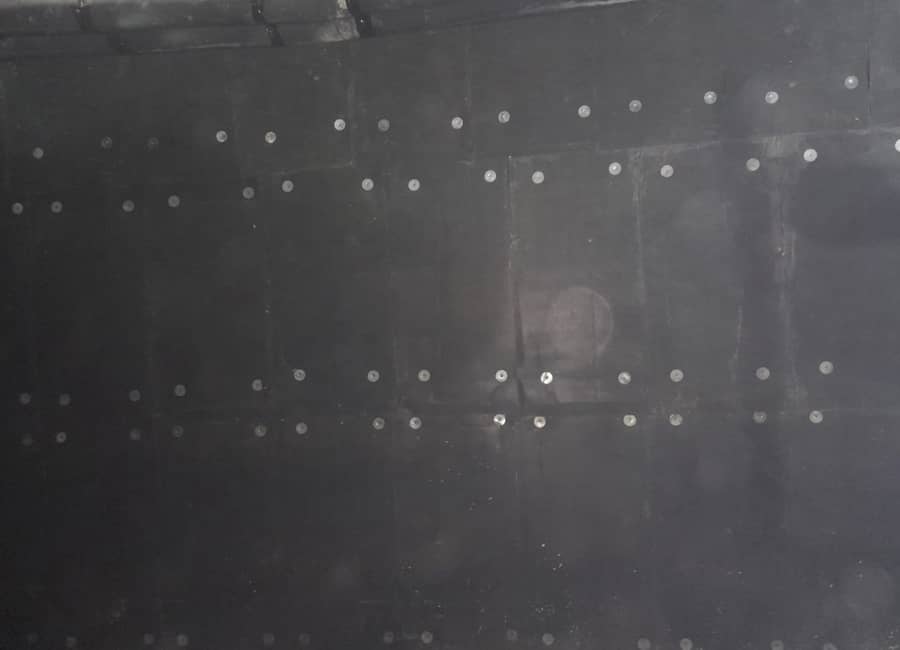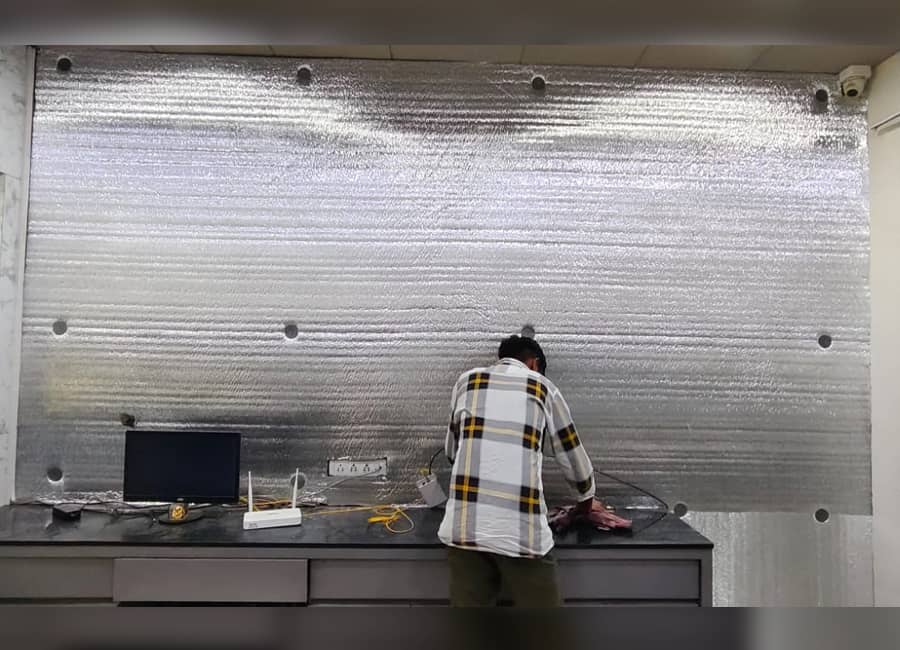



Wall insulation refers to the process of installing materials within the walls of a building to reduce heat transfer, improve energy efficiency, and enhance comfort.
Key Features
The primary purpose of wall insulation is to create a thermal barrier that minimizes heat flow between the interior and exterior of a building. By reducing heat transfer, insulation helps maintain a comfortable and consistent indoor temperature while lowering heating and cooling costs.
Wall insulation materials vary depending on factors such as climate, building design, and budget. Common types of insulation used in walls include fiberglass, mineral wool, cellulose, foam board, and spray foam. Each material offers different levels of thermal resistance (R-value), moisture resistance, fire resistance, and installation ease.
Wall insulation can be installed during construction (new construction) or retrofitted into existing walls (retrofitting). The installation method depends on the type of insulation and the construction of the building. In new construction, insulation is typically placed between wall studs, while retrofitting may involve blowing insulation into wall cavities or adding insulation to the interior or exterior surfaces of walls.
- Energy Efficiency: Wall insulation helps reduce heat loss in winter and heat gain in summer, resulting in lower energy consumption and utility bills.
- Improved Comfort: By minimizing temperature fluctuations and drafts, insulation creates a more comfortable indoor environment year-round.
- Noise Reduction: Insulation also acts as a sound barrier, absorbing and dampening noise from outside sources, as well as between rooms within the building.
- Moisture Control: Certain types of insulation, such as closed-cell spray foam, provide a barrier against moisture infiltration, preventing mold growth, and moisture-related damage.
- Environmental Impact: Increased energy efficiency resulting from wall insulation reduces greenhouse gas emissions and the carbon footprint of buildings, contributing to environmental sustainability.
Wall insulation is used in various types of buildings, including residential homes, commercial buildings, industrial facilities, and institutional structures. It is essential in exterior walls, interior walls, cavity walls, and partition walls to ensure optimal thermal performance and energy efficiency throughout the building envelope.
Building codes and energy efficiency standards often require minimum levels of insulation in walls to meet thermal performance requirements and ensure compliance with local regulations.
Connect with us for tailored insulation solutions that redefine comfort.
Click ‘Get in Touch’ and let’s elevate your space together.

